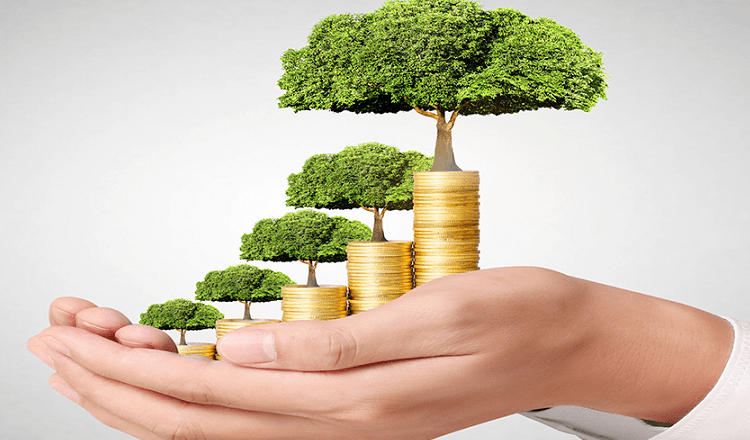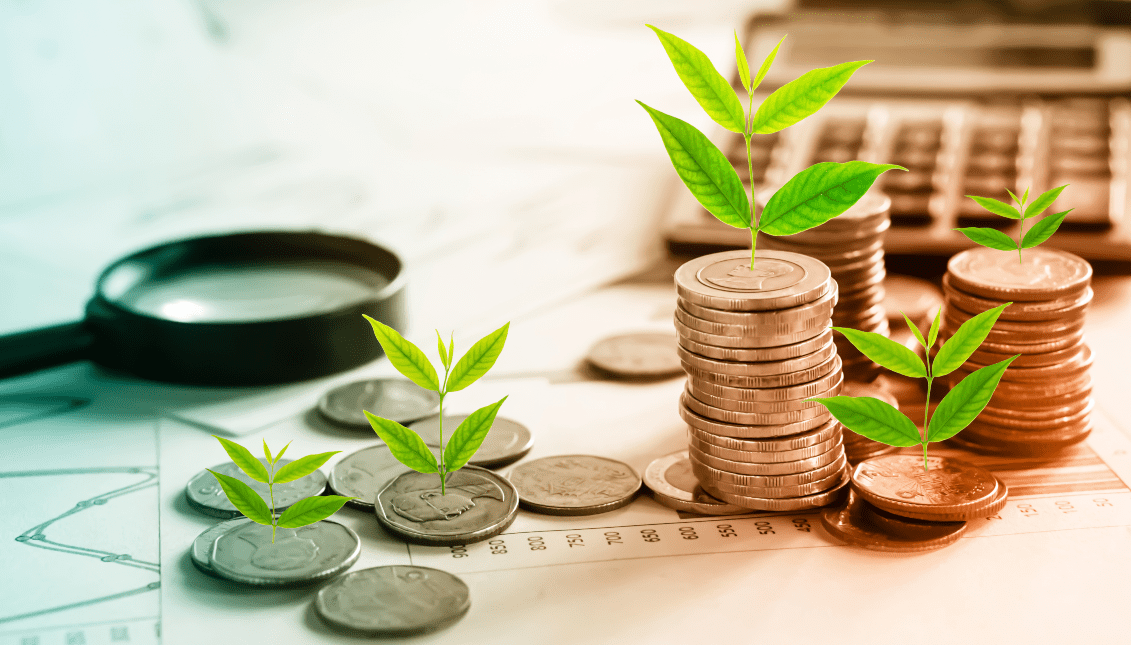Today, the Latin American and Caribbean region is one of the most affected by global warming and other environmental issues. Most Latin American countries have the greatest biodiversity in the world, but at the same time become the most vulnerable as a result of various risks associated with climate change. Fires in the Amazonian rainforests, rising oceans for the Caribbean islands, the disappearance of many crops are just some of the challenges facing the region. Thus, in the last couple of years, the issue of “green” bonds in Latin American countries seems to be a logical solution to attract additional financing. How could such a financial instrument affect the regional environmental situation?
For the first time, such a financial instrument as “green” bonds in Latin America and the Caribbean was discussed in 2014, although in other regions the first cases of raising capital for the implementation of projects related to climate change were recorded in 2007. Turning to official statistics, as of the end of 2019, Latin American states accounted for about 2% of the global “green” bond issue. It is noteworthy that the biggest successes were made by Brazilian issuers, in this country they account for 41% of the total bond issue, which is not found in any country on the planet. On average, “green” bonds account for about 2-3% of the total global issue of securities.

It is worth noting that the Peruvian corporation “Energía Eólica” became the first issuer of green bonds in the Latin American and Caribbean region. The company issued such bonds in the amount of $ 204 billion in December 2014. Through these securities, the construction of two wind farms in northwestern Peru was funded. And already in 2015, Brazil entered the “green” bond market with the issuer – food producer “BRF S.A.” (in the amount of $ 500 million) and Mexico with the “Nafin” Development Bank, (in the amount of $ 500 million) to finance renewable energy projects.
In 2016, the development of the trend of “green” bonds in Latin American countries continued: seven issuers from five states in the region issued eight bonds. According to official figures, in 2016, the largest issuers were Banco Nacional (Costa Rica), Bancolombia (Colombia), Suzano Papel e Celulose (Brazil).
Already in the next 2017, the market for “green” bonds in the region mainly expanded thanks to Brazilian issuers, which accounted for 69% of the total volume of issues in Latin America and the Caribbean. The largest was the issue of “BNDES” Development Bank in the amount of $ 1 billion, due to which 8 projects of wind power stations were financed. In addition, in 2017, the first Argentine and Chilean issuers appeared.
In 2018, a global slowdown in the issuance of securities occurred in the global “green” bond market. This slowdown was especially acute in Latin American countries, as several countries in the region immediately experienced political turbulence and uncertainty related to the elections in Brazil, Mexico and Argentina, as well as the economic crisis in Venezuela. However, in 2018 Uruguay made its debut in the “green” market.
In 2019, Chile became the only Latin American country to issue green bonds, and until recently, the Chilean government announced its intentions to continue and increase their issue. In turn, Peru announced its plans to issue these securities in 2020.

In June and July 2019, Chile made two issues of sovereign “green” bonds. This process of issuing such securities has become part of the national strategy for financing projects that annually contribute to the achievement of targets by the state in accordance with the Paris Agreement. By the way, thanks to these emissions, the range of investors in Chile has expanded significantly, and the most socially responsible of them have acquired almost half of the bonds. Most of the proceeds from these emissions at the end of last year were used to finance the development of environmentally friendly modes of public transport, the rest – for large water and energy projects.
The largest projects for Chile in 2019 were: the construction of a new metro line in Santiago, 26 km long, the continuation of the third (4 km) and fifth (5 km) lines, refinancing of the development of the third line 22 km long; as well as a project for the development of ground electric transport, including the purchase of 600 new electric buses, the construction of nine charging stations, the construction of more than forty “intelligent” bus stops in the Chilean capital.
To date, Chile’s national strategy includes achieving a 40% share of electric private vehicles and 100% electric public transport by 2040. In addition, work is underway on the installation of solar panels on buildings, the installation of energy-saving solar panels in places of residence of the indigenous population (Mapuche Indians), and monitoring of water resources.

Until the worldwide COVID-19 pandemic affected the Latin America and the Caribbean region, experts in economics and ecology predicted for 2020 an increase in the issue of “green” bonds and the number of projects carried out thanks to them. Such forecasts were caused, first of all, by the aggravation of the need for investments in “green” infrastructure, sustainable organic agriculture and blue (oceanic) projects in Latin American countries.
Summing up, it is worth noting that, first of all, Latin American energy corporations and companies engaged in the field of water resources still need investments. The “Climate Bonds” financial instrument experts have identified several regional government institutions that could become potential issuers. In the last couple of years, the implementation of climate policy and related initiatives, especially in the field of environmental financing, has been rapidly developing in the countries of Latin America and the Caribbean.
In addition, in Latin American countries, targets for national contributions to the implementation of the Paris Agreement today fluctuate as a result of a 20-30% reduction in greenhouse gas emissions compared with regional baseline levels. One of the most ambitious regional projects is the Brazilian plan, according to which the Brazilian government seeks to reduce emissions by 37% by 2025 and by 43% by 2030 compared with 2005 levels. Nevertheless, in order to implement the goals set, “green” financing should be expanded. When the countries of Latin America and the Caribbean can expand their “green” bonds and implement environmental projects, the period during which the region will be able to recover from the economic consequences after the outbreak of the global pandemic will show.


